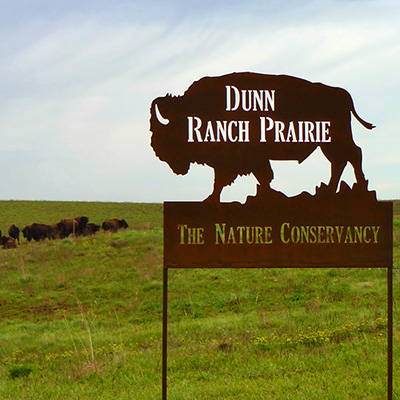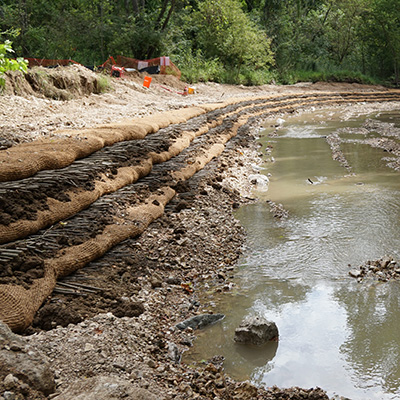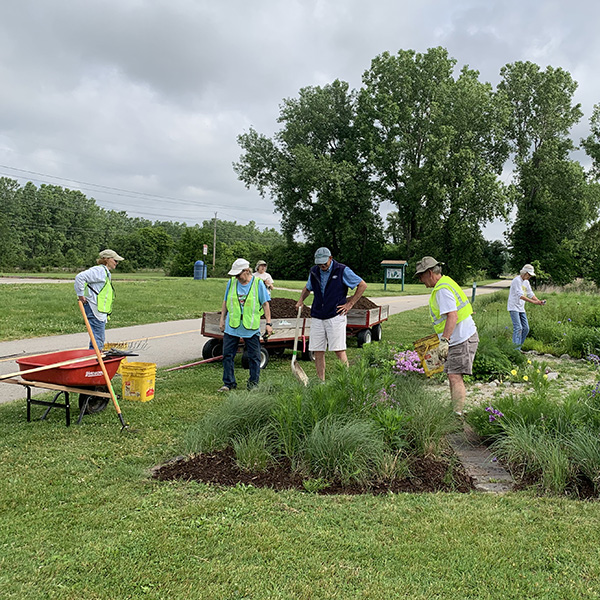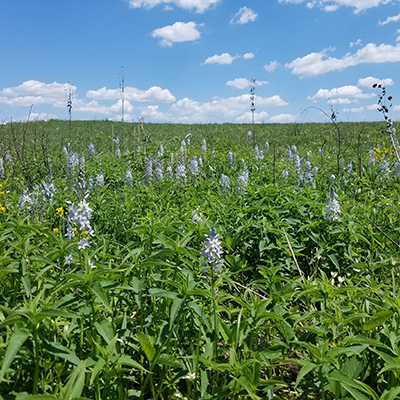Since 2008, the Foundation has consistently supported on-the-ground operations at Dunn Ranch. This included bison fencing, the purchase of a combine and grassland restoration related expenses. With Dunn Ranch the Nature Conservancy protects endangered native tallgrass prairie. Biodiversity is strengthened with prairie plantings, regular prescribed burns and invasive species management. In 2011, bison were reintroduced onto the prairie. Their daily activities naturally …
Forest River Trail
On an ongoing basis, the Robert J. Trulaske Foundation contributes funding to a conservation fund supporting land acquisitions in the lower Meramec River. One example is the purchase of a 15-acre forested woodland property in the City of Sunset Hills in partnership with the Open Space Council.Land acquisitions which protect biodiversity and limit development are a deterrent to pollution and …
Kiefer Creek
The restoration of Kiefer Creek in Castlewood State Park is designed to improved stream health and address erosion issues. The Foundation chose to support this project partly due to its location in the Meramec River watershed, at a park accessible to and favored by the Public. Improvements were made on the streambank in order to create a gradual slope. Soon after …
Community Stewardship Alliance
Throughout the years, the Foundation has supported numerous community-based ecological restoration projects which provide opportunities for volunteers to steward specific natural areas threatened by trash and invasive species. The establishment of healthy native plants and trees is another component of community stewardship. The Open Space Council’s community stewardship alliance includes partnerships with St. Louis County Parks, the Missouri Botanical Garden, …
Linden’s Prairie
The Robert J. Trulaske, Jr. Family Foundation funded a portion of the acquisition cost for the Linden’s Prairie land through a grant to the Missouri Prairie Foundation.Conservationists agree that Tallgrass Prairie is among the most endangered types of habitat on earth. Today less than 1% of the original Tallgrass Prairies remains. It has primarily been destroyed by plowing. As mentioned …





